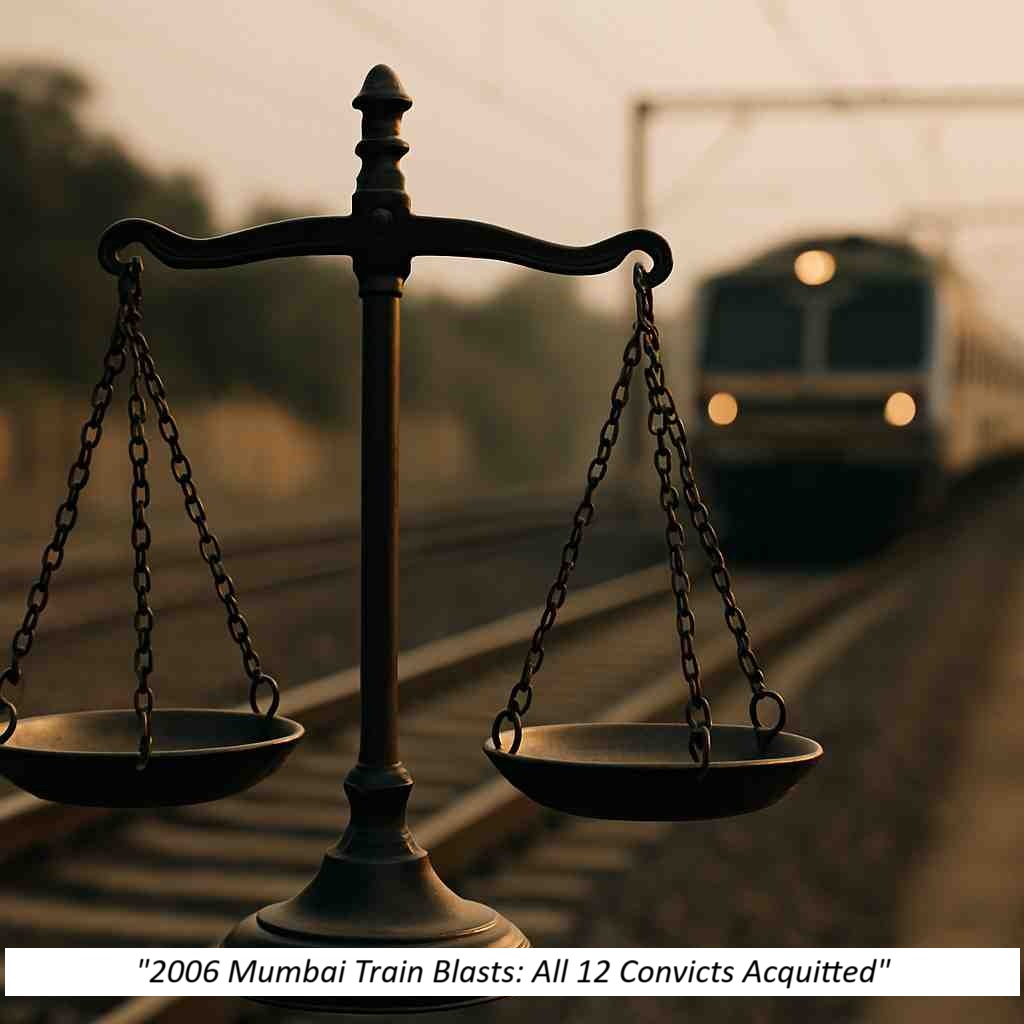Gen Z and Millennials Drive Shift in Eating Out Habits, Fueling Growth in Smaller Cities
Tier-II Cities Becoming Key Growth Markets for Restaurants
According to a recent report by Grant Thornton Bharat, Tier-II cities in India are rapidly emerging as the next big frontier for restaurant growth. Dining out, once an occasional treat, is now an everyday lifestyle choice—especially among Gen Z and millennials.
Why Tier-II Cities Are Attractive for the Food Industry
- Rising Consumer Spending: Average monthly incomes in Tier-II cities are approaching metro levels, increasing disposable income for dining out.
- Cost Advantage: Commercial lease rates are significantly lower—INR 200-250 per sq ft compared to INR 1,800-2,200 in metros—allowing lower capital investment.
- Improved Infrastructure: Enhanced facilities and digital connectivity support the growth of new food businesses.
Changing Consumer Behavior
- Dining out is becoming a daily habit for younger generations, not just a luxury.
- Over 72% of consumers in Tier-II cities are open to trying foreign cuisines.
- About 33% follow food and beverage brands online, showing strong digital engagement and appetite for branded experiences.
Cultural and Economic Drivers
- Cities like Prayagraj, Varanasi, Puri, and Shirdi are growing cultural and economic hubs with rising pilgrimage tourism.
- Increased footfall from tourists and investors is encouraging hospitality brands to provide structured dining options.
Recommendations for Restaurant Operators
- Focus on local market intelligence to tailor offerings.
- Build brand loyalty through local resonance and aspirational branding.
- Design operations for efficiency and long-term sustainability.
- Invest in talent development for consistency.
- Create scalable supply chains and leverage AI for smarter operations.
Growth Outlook
According to the survey, 94% of restaurant operators plan to expand within Tier-II cities or move into Tier-III markets, signaling a significant growth opportunity beyond metropolitan areas.



